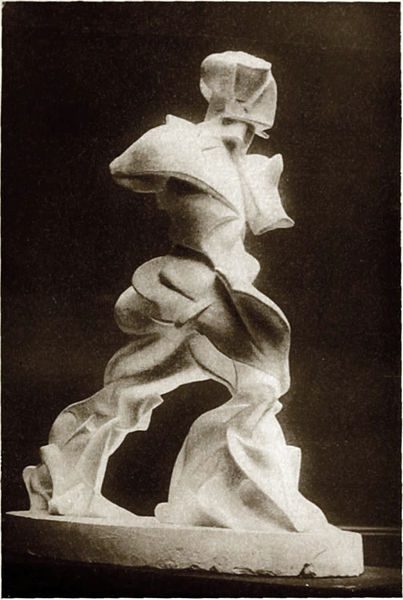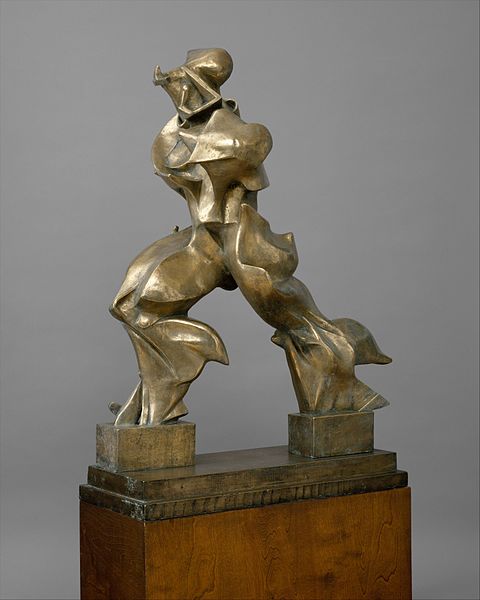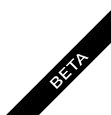 1
1title: Augustine and donatists
artist: Charles-André van Loo
date: Unknown date
medium: technique painting
source: link
credit: link
license:Public domain
 2
2title: Umberto Boccioni, Spiralförmige ausdehnung von muskeln in bewegung, plaster, photograph published in 1913
artist:
Umberto Boccioni, anonymous photographerdate: Sculpture 1912 or 1913. Photograph published in 1913
source: link Erster deutscher Herbstsalon, Berlin 1913. Leitung: Herwarth Walden. Published 1913 by Der Sturm in Berlin.
credit: link Erster deutscher Herbstsalon, Berlin 1913. Leitung: Herwarth Walden. Published 1913 by Der Sturm in Berlin.
license:Public domain
3
title: 1533 Cranach Kanzler Dr. Gregor Brück anagoria
artist: Lucas Cranach the Elder
date: 1533
medium: Technique painting lime
dimensions: Size cm 42.6 38.4
current location: Institution:Germanisches Nationalmuseum
source: photo [[user:anagoria|anagoria]], taken in|2013-05-01
credit: Photograph anagoria, Taken in
description:
Chancellor Dr. Gregor Brück (1483/84-1557). Painting on limewood. Brück had been Chancellor of the Electors of Saxony since 1519. Owing to tensions with the Emperor his portrait was also a symbol of political continuity at the beginning of the reign of John Frederick. The statesman wears the portrait medallion of his sovereign.license:Public domain
 4
4title: Umberto Boccioni, Spiral Expansion of Muscles in Action, plaster, photograph published in 1914
artist:
Umberto Boccioni, anonymous photographerdate: Sculpture 1912 or 1913. Photograph published in March 1914 and November 1919
source: link.
credit: link.
license:Public domain
 5
5title: Chinese Japanese Pulse Image chart; Slow Pulse (chimai) Wellcome L0039546
artist:
Unknown authorsource: link (hi-res image) * Gallery: link * Wellcome Collection gallery (2018-03-28): link [link CC-BY-4.0]
credit: link (hi-res image) Gallery: link Wellcome Collection gallery (2018-03-28): link CC-BY-4.0
description:
Illustration of Slow Pulse (chimai) fromRenyuan maiying guizhi tushuo(Pictorial Handbook of Pulse Images Based on the Person). This is a specialist text on pulse diagnosis attributed to the third-century master Shuhe, edited and revised by Shen Jifen in the Ming period (1368-1644). It discusses various pulse images and the medical conditions to which they relate, and contains 48 pulse image diagrams. This undated edition was engraved and published in Japan.The text states: The pulse image of Slow Pulse is as follows. If palpated lightly (ju, lit. raised), it cannot be felt, but it becomes perceptible if pressed hard, beating very faintly without clear continuity, and coming and going very slowly. Slow Pulse (chimai) relates to chronic syndromes (hanzheng guji). When present at thecun(Inch) pulse sector, Slow Pulse indicates exogenous cold Qi in the heart. At theguan(Pass) sector, it indicates cold in the stomach and inability to eat. At thechi(Foot) sector, it indicates cold Qi below the navel.
Woodblock printlicense:
CC BY 4.0
 6
6title: Unique Forms of Continuity in Space MET DT6411
artist: Umberto Boccioni
date: 1913, cast 1950
source: link Template:TheMet
credit: This file was donated to Wikimedia Commons as part of a project by the Metropolitan Museum of Art. See the Image and Data Resources Open Access Policy
license:
CC0
 7
7title: Unique Forms of Continuity in Space MET DT6413
artist: Umberto Boccioni
date: 1913, cast 1950
medium: Bronze
dimensions: 47 3/4 x 35 x 15 3/4 in. (121.3 x 88.9 x 40 cm)
current location: Institution:Metropolitan Museum of Art
source: link Template:TheMet
credit: This file was donated to Wikimedia Commons as part of a project by the Metropolitan Museum of Art. See the Image and Data Resources Open Access Policy
license:
CC0
 8
8title: Clevelandart 1938.15
artist: unknown
date: 1300
medium: Limestone
dimensions: Overall: 66.7 x 83.8 x 10.6 cm (26 1/4 x 33 x 4 3/16 in.)
current location: institution:Cleveland Museum of Art
source: link
credit: link
description:
This architectural relief shows a lion attacking a bull surrounded by other predators pursuing their prey, with scrolling vegetal motifs filling the spaces between. Scenes of powerful predators in the act of hunting and capturing other animals echo the royal imagery of pre-Islamic Iran.
This piece was part of a balustrade in a private home; the owner and construction date are known from another fragment from the same building. The building was embellished when the Mongols controlled Iran, and the relief shows a continuity in style from carvings made during the preceding Turkic Seljuk period (1037–1194). Under Turkic and Mongol rule in Iran, Islamic injunctions against making figural imagery were loosened.license:
CC0
 9
9title: Jean François Millet - Peasant Returning from the Manure Heap - 1921.991 - Cleveland Museum of Art
artist:
Jean-François Milletdate: between 1855 and 1856
medium: technique etching
dimensions: Plate: 16.2 x 13.2 cm (6 3/8 x 5 3/16 in.)
current location: institution:Cleveland Museum of Art
source: link
credit: link
description:
Millet moved from Paris to the nearby village of Barbizon in 1849 in search of rustic subject matter. The group of painters working in the countryside surrounding the Forest of Fontainebleau frequently painted out-of-doors in order to create fresh and accurate views of nature. While most of the Barbizon artists focused primarily on landscape, Millet also represented peasants. His works celebrate the nobility and dignity of people living close to the soil, symbols of the stability and continuity lacking in modern lifelicense:
CC0

title: Boccioni - Study for Unique Forms of Continuity in Space, 1913
artist: Umberto Boccioni
current location: Institution:Museum of Modern Art
source: link
credit: link
license:Public domain





